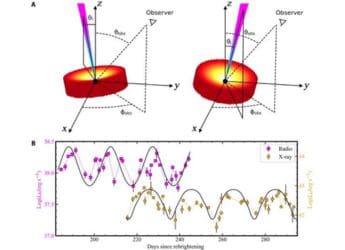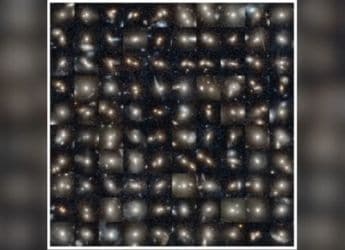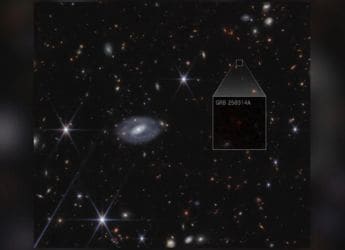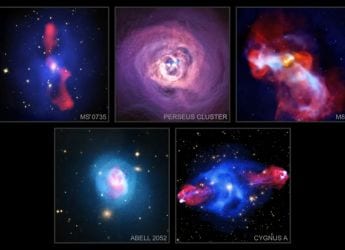- Home
- Mobiles
- Mobiles News
- Android May Let Carriers Hide Signal Strength: Report
Android May Let Carriers Hide Signal Strength: Report

Android P may be set to give telecom carriers the ability to hide the signal strength in Settings. Signs of the new development have already surfaced through a piece of code designed for Google's Android Open Source Project (AOSP). The new Android platform is expected to debut with the new carrier-centric feature sometime next year.
The commits appeared on Android Open Source Project site, as spotted by folks at XDA Developers. They reveal that carriers will get the option to hide signal strength in the "SIM Status" settings. It appears that unlike taking users into consideration, Google is fulfilling the request made by some carriers by opening the ability to change the visibility status of signals on the future Android version.
It is worth noting here that the value of signal strength, which is measured in dBm or asu, can be used to compare network performance on multiple devices. The quality of network to deliver enhanced voice and data connectivity highly depends on the signal strength. Therefore, the discovered flexibility would throw the ball in the carriers' court to let them decide whether they want the end users to judge the quality of their networks or not.
Importantly, the new change will have no impact on third-party apps as there wouldn't be any changes pertaining to Android APIs. This means you would still be able to see the signal strength on your future Android device by downloading an appropriate app. However, Google might restrict that part as well by giving rights to carriers to even restrict signal strength through default APIs.
Get your daily dose of tech news, reviews, and insights, in under 80 characters on Gadgets 360 Turbo. Connect with fellow tech lovers on our Forum. Follow us on X, Facebook, WhatsApp, Threads and Google News for instant updates. Catch all the action on our YouTube channel.
Related Stories
- Samsung Galaxy Unpacked 2025
- ChatGPT
- Redmi Note 14 Pro+
- iPhone 16
- Apple Vision Pro
- Oneplus 12
- OnePlus Nord CE 3 Lite 5G
- iPhone 13
- Xiaomi 14 Pro
- Oppo Find N3
- Tecno Spark Go (2023)
- Realme V30
- Best Phones Under 25000
- Samsung Galaxy S24 Series
- Cryptocurrency
- iQoo 12
- Samsung Galaxy S24 Ultra
- Giottus
- Samsung Galaxy Z Flip 5
- Apple 'Scary Fast'
- Housefull 5
- GoPro Hero 12 Black Review
- Invincible Season 2
- JioGlass
- HD Ready TV
- Laptop Under 50000
- Smartwatch Under 10000
- Latest Mobile Phones
- Compare Phones
- Redmi Note 15 5G
- Redmi Note 15 Pro 5G
- Redmi Note 15 Pro+ 5G
- Lava Play Max
- Poco C85 5G
- Honor Magic 8 Lite
- Jolla Phone
- Realme P4x 5G
- Asus ProArt P16
- MacBook Pro 14-inch (M5, 2025)
- OnePlus Pad Go 2
- Poco Pad M1
- Just Corseca Skywatch Pro
- Honor Watch X5
- Acerpure Nitro Z Series 100-inch QLED TV
- Samsung 43 Inch LED Ultra HD (4K) Smart TV (UA43UE81AFULXL)
- Asus ROG Ally
- Nintendo Switch Lite
- Haier 1.6 Ton 5 Star Inverter Split AC (HSU19G-MZAID5BN-INV)
- Haier 1.6 Ton 5 Star Inverter Split AC (HSU19G-MZAIM5BN-INV)

















